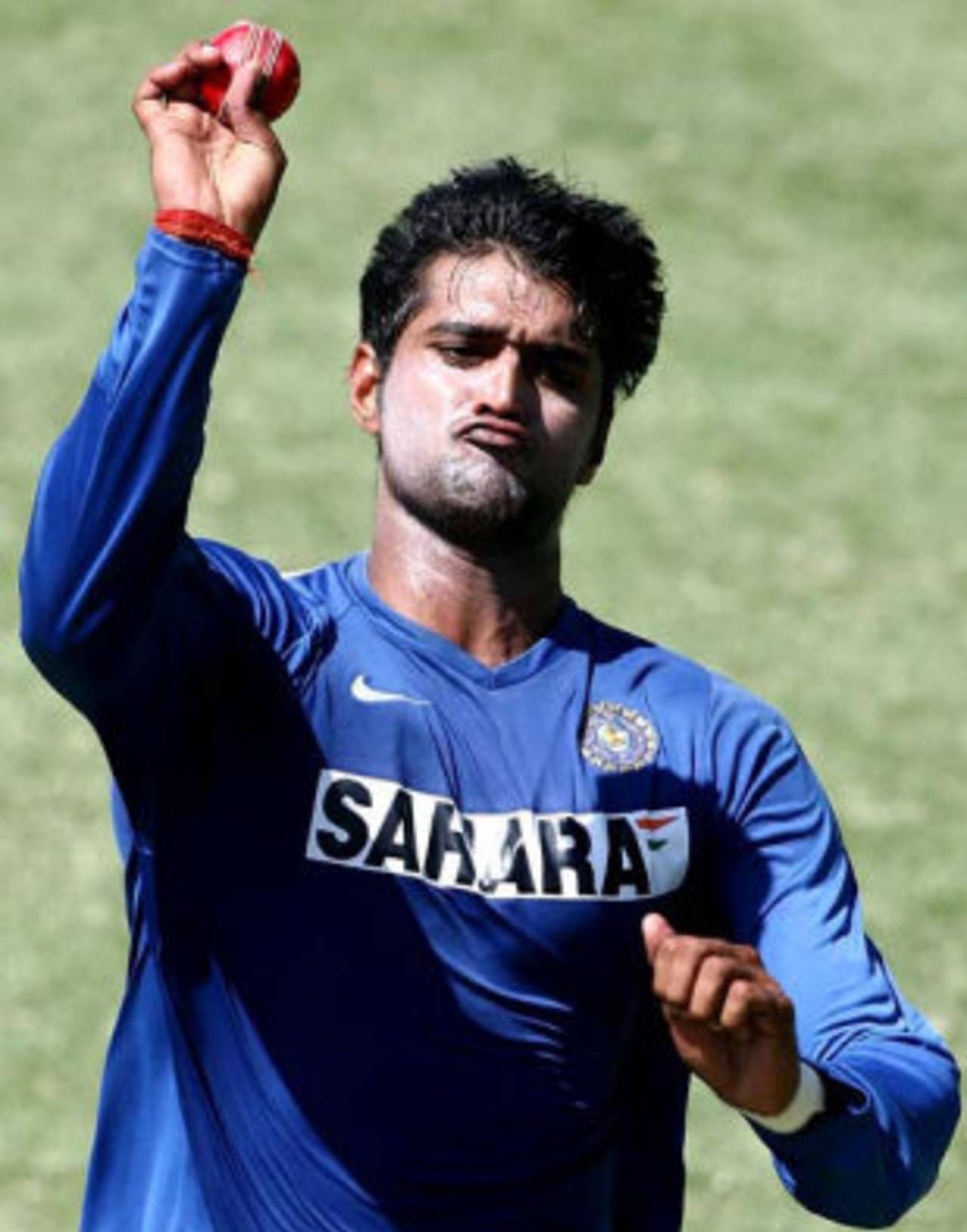The two semi-finals in the Ranji Trophy Plate League are going to be crucial, with the big promotion to the elite group at stake. Four teams from the Plate League - Rajasthan, Madhya Pradesh, Andhra and Maharashtra - after having played some tough cricket for over a month and a half, and finishing in the top two in their respective groups, are now set to lock horns in their most important fixtures of the year. Will they continue to be the poor cousins of the elite teams? or get upgraded and play the quarter-finals of the Ranji Trophy? It all depends on these two Plate League knockout matches.
But is it fair to have so much riding on one game of cricket? Isn't beating the fellow teams and topping the league good enough for a promotion? The twelve teams that make up the Plate division get split into two groups of six, and play five matches each over the season. Topping their group, therefore, cannot be a case of good luck, but consistent performance. Unfortunately, that is not considered an achievement enough, and the teams are asked to go an extra step to claim a spot. The team standing first in a given group is asked to play the runners-up of the other group, which means a second-placed team has as much chance of reaching the Ranji Trophy quarter-finals as a first-placed team. Is this justified?
In some cases, the second-placed team even ends up getting the home advantage. This year, Rajasthan, after topping their group, will play a game against Maharashtra in Nasik, their home turf. Clearly, the latter will have an upper-hand, which may not be the right thing in ideal circumstances. Are we rewarding mediocrity?
Delhi would have struggled to win the Ranji Trophy in 2007 had they played the finals against Uttar Pradesh at Kanpur or Lucknow, for their poor spin attack was no secret. UP, without doubt, would have opted for a rank turner and it may have been enough to see them through. But the final in Mumbai, a neutral venue, ensured a brilliant wicket for cricket that allowed the better team to win, albeit over five days. And that's a crucial point: a five-day game is in my opinion a must for all knockout matches. Most four-day games are decided on the basis of first-innings lead, which may be fine in the league phase, but is grossly unfair in a knockout match. In fact, in the 2007 final, Delhi had conceded the first innings lead, but had enough time to bounce back and win the finals because it was a five-day game. Had it been a four-day affair, they would never have won the trophy.
Reaching the elite group is a tough task, and teams must toil to get a spot. But the argument here is not about the severity of the challenges posed, but their rationality.
